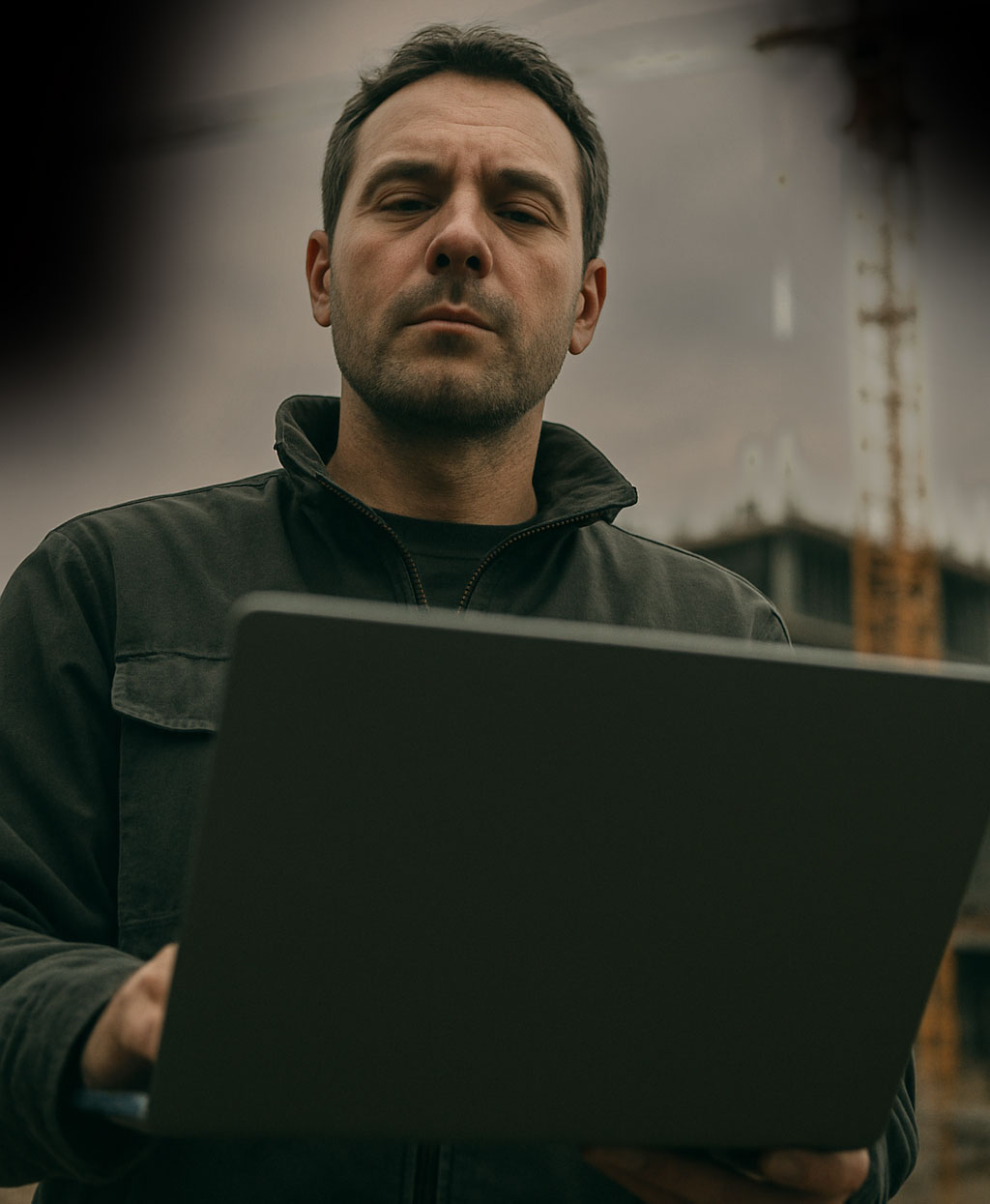-
Why Nuclear Careers?
-
Nuclear Sector Key Snapshot
-
Jobs in Nuclear Power & Energy Management
-
Latest News
NUCLEAR WORKFORCE
must grow to at least 120,000 by 2030
The UK government aims to expand nuclear capacity to 24 GW by 2050, quadrupling current levels – To support this, the nuclear workforce must grow to at least 120,000 by 2030, requiring 24,000 additional skilled workers over six years. Annual recruitment needs will be between 13,800 to 19,300 new recruits per year from 2023 to 2030, depending on attrition rates. This includes both expansion demand and replacement demand due to retirements and career changes


NUCLEAR CAREERS
is highly skilled in attracting mid-career and leadership professionals.
As of 2024, the current UK nuclear workforce stands at 96,000. This includes civil and defence sectors, with increasing participation from young talent and apprentices. There are numerous strategic priorities that the UK must focus on, and NUCLEAR CAREERS is highly skilled in attracting mid-career and leadership professionals. The government is investing in advanced nuclear fuels, SMRs, and fusion R&D, which will further influence workforce needs.
Long-Term Workforce Scenarios
(to 2043)
| Scenario | Civil Nuclear Capacity | Defence Activity | Workforce Needed by 2043 |
| 1 | 7.6 GW | Pre-AUKUS | 123,000 |
| 2 | 16 GW | AUKUS S1 | 152,000 |
| 3 | 24 GW | AUKUS S2 | 180,000 |
This means the workforce could need to more than double depending on the scale of civil and defence nuclear programmes.


WHY WORK WITH NUCLEAR CAREERS?
Nuclear Careers is a unique headhunting business who put talent sourcing at the forefront of what we do while aligning ourselves with clients who serve the nuclear sector.
Utilising our wealth of talent sourcing expertise, we can target and attract the best candidates for vacancies on behalf of our clients while we act as an extension of their brand.
We specialise in headhunting candidates for opportunities in Civil Nuclear, Defence, New Build, Engineering, Construction, Decommissioning and Waste Management. Positions include Executives, Project Delivery Professionals, Multi-disciplinary Engineering, Heads of Department, Directors and Managers. We also have a network outside of these positions.
Senior Engineering Professional (Civil Construction & Engineering)
Recruitment Manager (Nuclear Industry)
Recruitment Lead (Nuclear Industry)
Construction Manager (Civil Construction)
Consultant (Engineering & Construction Management)
Consultant (Civil Construction)
Project Manager (Construction Management)
Finance Professional (Civil Construction)
Construction Accounting Manager (Civil Engineering)
Head of HR (Engineering & Construction Consultancy)
